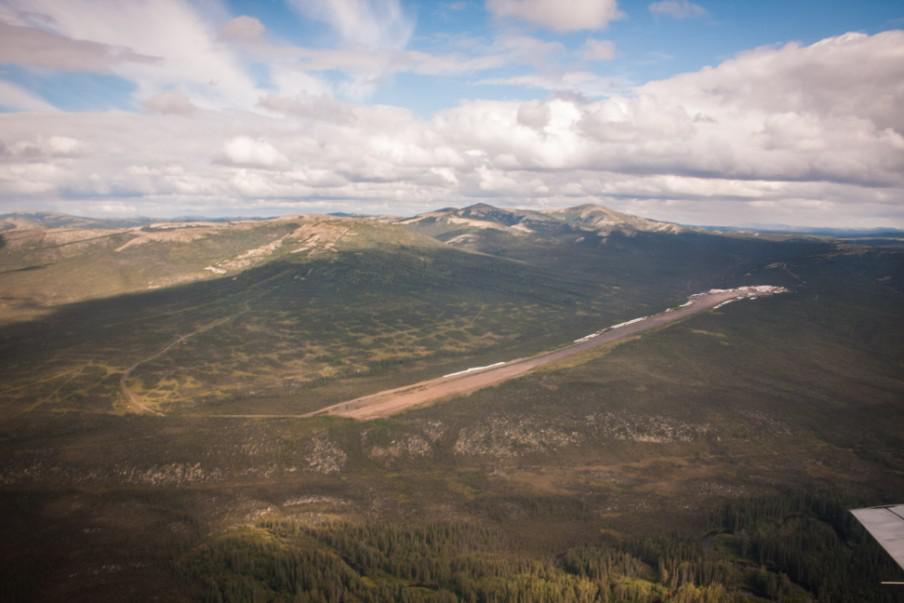
Donlin Gold began the new year with two major state permits in hand for its proposed mine. One approves its reclamation plans, and the other is a waste management permit. But a Montana-based nonprofit group that participates in mine permitting across the U.S. thinks the company has room to improve.
These permits are among the last of the major state permits Donlin needs before it can start building its gold mine. The mine could be one of the biggest in the world, and would be located in the Yukon-Kuskokwim Delta. Donlin Gold spokesman Kurt Parkan says they expect to receive more big permits this year.
“We expect to get the right-of-ways [lease for the proposed pipeline] and land use permits. Those are the major ones for this year,” Parkan said.
But a nonprofit group said the design of the mine could be better.
“I do have concerns,” said Kendra Zamzow, who works for Center for Science in Public Participation, which helps communities throughout the mining permitting process.
As part of her job, Zamzow helped the tribe of Chuathbaluk throughout the lengthy federal environmental review for the Donlin mine that wrapped up last year. The nonprofit isn’t for or against the Donlin gold mine, and they say that overall, Donlin has done a pretty good job designing the mine. But they’ve also submitted comments critiquing some of Donlin’s proposals throughout the permitting process, including the recently-issued state permits.
The two state permits deal with waste management, which is how Donlin plans to tackle waste rock, tailings and waste leftover from mining operations. The permits also concern reclamation and financial bonding. Financial bonding is the money Donlin will pay up front for reclamation and water treatment.
Zamzow’s criticism focuses on Donlin’s tailings plan. Donlin will store its tailings in a facility behind a dam while the mine is running. Once the mine closes, Donlin will let the tailings dry out somewhat and then cover them with rocks and vegetation. Zamzow said there are safer, though more expensive, methods that she felt the state didn’t consider, like siphoning the water out from the waste completely before storing it.
“I felt like that could have been explored a little better. If not in the EIS, then the state,” Zamzow said.
Money is another concern for the nonprofit. Donlin had proposed $317 million to pay for clean up and treating the contaminated water at the site after it shuts down. After public comment, the Alaska Department of Natural Resources (DNR) raised the amount to $322 million to maintain an access road to the mine. Around $100 million of that will be put in a trust, similar to the structure of Alaska’s Permanent Fund. The rest of the money will be held in a bond for the state to use for reclamation should Donlin decide to pull out of the mine or declare bankruptcy before operations cease.
Dave Chambers is a colleague of Zamzow, and he says the money that Donlin has to pay for clean up isn’t enough because the state and Donlin didn’t budget enough for the indirect costs. He says that the state could bump the amount even more, by about 15 percent or $35 to 40 million.
Donlin’s Parkan defended the amount the company will pay and added that the state raised the amount of money in response to the nonprofit’s concerns.
“This is the amount that they all agreed was adequate to cover, and it’s going to be reviewed periodically anyway…so it can be adjusted at any point in time. This is not a fixed number that can’t change,” Parkan said.
Meanwhile, DNR opened public comment on some of the company’s infrastructure plans, and its proposal to lease a right-of-way for its 315-mile gas pipeline from Cook Inlet to its mine site. The next big milestone after those permits, Parkan says, is its dam safety certification. That can take as long as two years, and Donlin still has about 100 permits to get before it can began operating.




